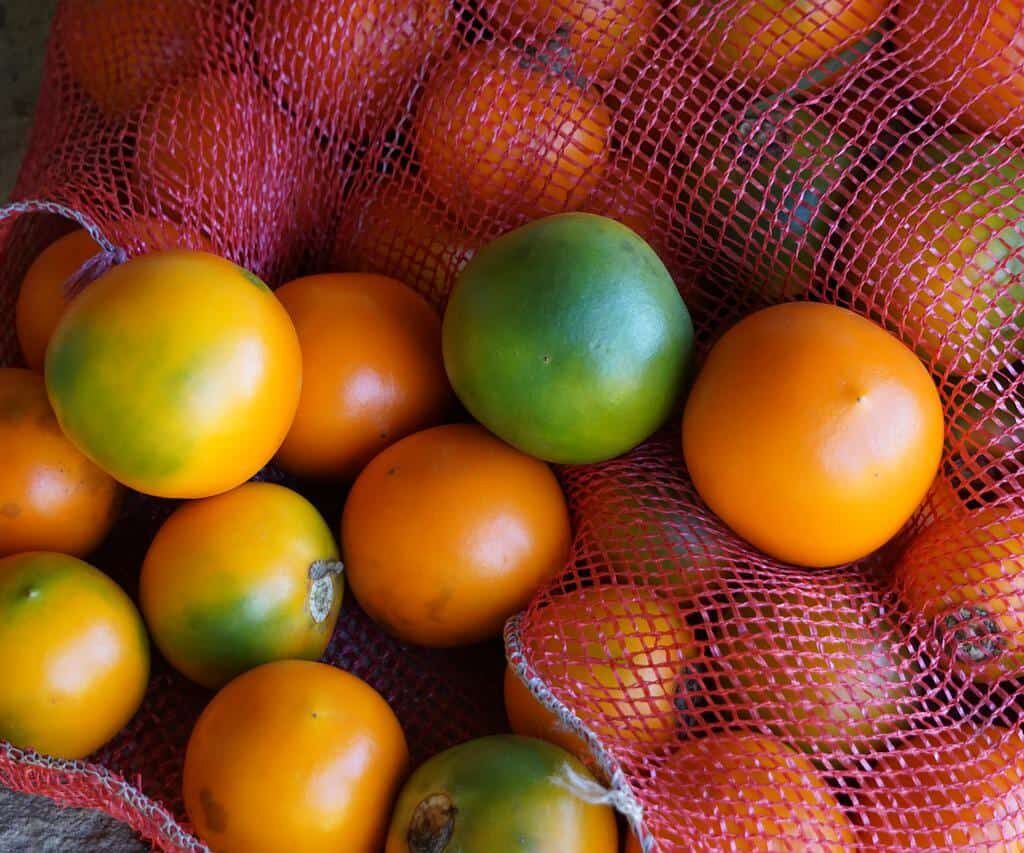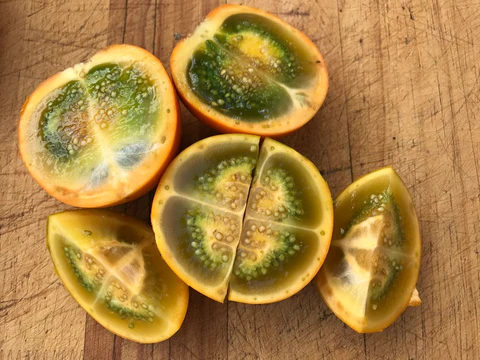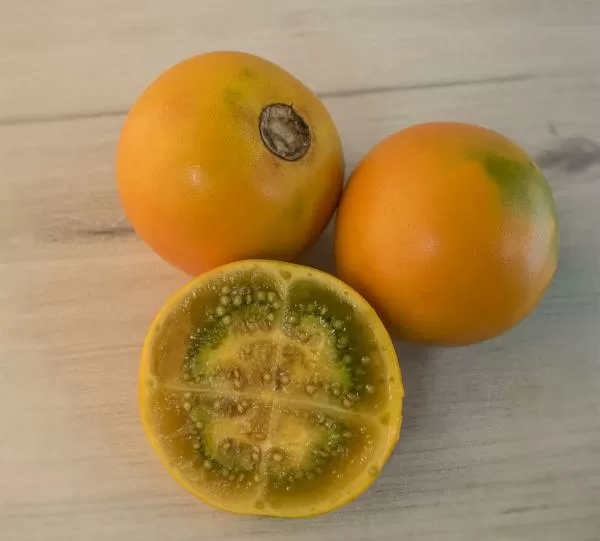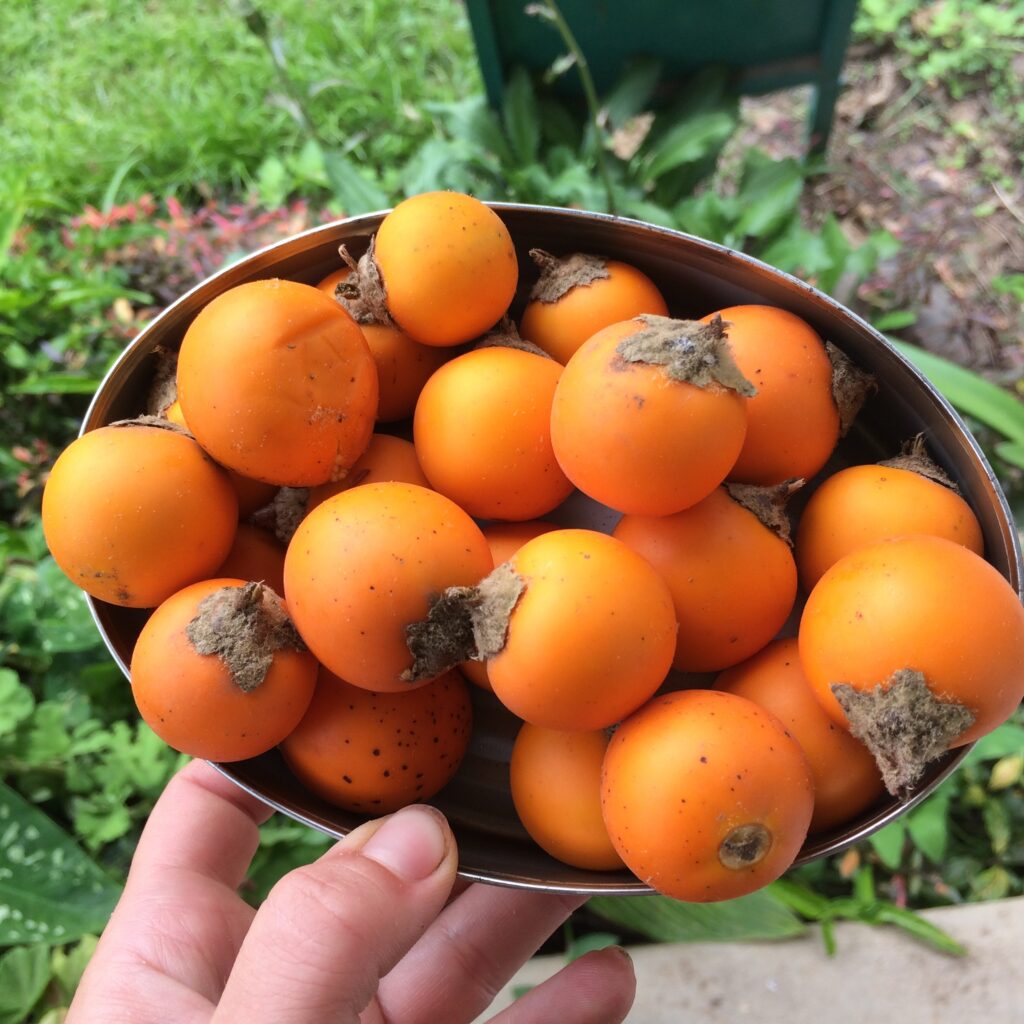When you think of tropical fruits, names like mango, pineapple, and passionfruit probably come to mind. But tucked within the lush, misty cloud forests of South America grows a lesser-known gem: naranjilla. Known for its striking orange skin and refreshing, citrus-like flavor, this exotic fruit is prized in local cuisines and is gaining international attention for its unique taste and health benefits.
But where does most of the world’s naranjilla come from? The answer: Ecuador. This small yet ecologically diverse country leads the globe in naranjilla production, outpacing neighboring countries like Colombia and Peru. Let’s explore why Ecuador dominates this crop, the history of naranjilla, its uses, and its growing market demand.
What Is Naranjilla?

Naranjilla (Solanum quitoense)—which means “little orange” in Spanish—is a tropical fruit native to the Andean regions of Ecuador, Colombia, Peru, and Panama. Known as lulo in Colombia, this fruit belongs to the nightshade family (Solanaceae), making it a relative of tomatoes, eggplants, and peppers.
The fruit itself resembles a small, round orange, covered in fine hairs when immature. Inside, its greenish pulp is tangy and aromatic, often compared to a mix of pineapple, lemon, and rhubarb. It’s a beloved ingredient in juices, smoothies, desserts, and even wines in its native regions.
Where Is Naranjilla Grown?
Though native to several countries, naranjilla thrives in specific growing conditions:
- High altitudes between 800 to 2,000 meters (2,600–6,600 ft)
- Cool temperatures (16–24°C / 60–75°F)
- High humidity and cloud cover
- Rich, well-drained volcanic soils
This makes the tropical Andean regions of Ecuador, Colombia, and northern Peru ideal for cultivation. However, due to better infrastructure, widespread consumption, and agricultural tradition, Ecuador dominates global naranjilla production.
Why Ecuador Leads the World in Naranjilla Production

Ecuador’s leadership in naranjilla farming is the result of several interconnected factors:
Ideal Climate and Terrain
Ecuador’s Andean slopes, particularly in provinces like Pastaza, Tungurahua, Morona Santiago, Zamora-Chinchipe, and Napo, offer the perfect ecological conditions for naranjilla farming. These regions are part of the country’s biodiverse eastern foothills, known for fertile soils, consistent rainfall, and cooler cloud forest environments.
Cultural Importance
For centuries, naranjilla has been a staple fruit in Ecuadorian households. Locally known as “the golden fruit of the Andes,” it’s consumed fresh, juiced, or used in traditional desserts. The fruit holds cultural significance, especially in rural Andean communities where farming practices are passed down through generations.
Agricultural Focus
Ecuador’s smallholder farmers have long cultivated naranjilla alongside coffee, cacao, and plantains. The Ecuadorian government and agricultural extension programs have also promoted the fruit as a high-value crop for rural economies.
Export Potential
While most of the naranjilla grown in Ecuador is consumed domestically, there’s a growing export market for frozen pulp and juices to neighboring countries, the U.S., and parts of Europe. Ecuador’s proximity to international ports and its established tropical fruit export industry give it a logistical advantage over its Andean neighbors.
Naranjilla Production in Numbers
Exact production figures can vary by year due to climate and disease pressures, but Ecuador consistently holds the largest share of global naranjilla production. According to estimates from agricultural reports and FAO data:
- Ecuador accounts for more than 60% of global naranjilla output.
- Over 5,000 hectares of land in Ecuador are dedicated to naranjilla cultivation.
- In high-yield years, production exceeds 60,000 metric tons annually.
- Major producing provinces include Pastaza (largest overall), followed by Napo, Tungurahua, and Zamora-Chinchipe.
In comparison, Colombia—the second-largest producer—harvests roughly 35–40% less than Ecuador annually, and Peru’s production remains relatively modest.
Cultivation and Harvesting

Naranjilla plants are typically grown on small family farms ranging from 0.5 to 3 hectares. The plants bear fruit within 10–14 months of planting and can continue producing for up to 3 years before yields decline due to pests, diseases, and soil fatigue.
The fruit is usually hand-picked when the skin turns orange, though it’s often harvested slightly underripe for easier transportation to markets. Most of Ecuador’s naranjilla is sold fresh in local markets or processed into pulp for juices and desserts.
Challenges Facing Naranjilla Production
While naranjilla is a valuable crop, it’s also a fragile one. Ecuadorian farmers face several persistent challenges:
• Fusarium Wilt
A soil-borne fungal disease, Fusarium wilt, has decimated large tracts of naranjilla farms over the past few decades. It attacks the plant’s vascular system, leading to wilting and death.
• Insect Pests
Nematodes, mites, and borers are constant threats to naranjilla plantations, reducing both yield and fruit quality.
• Deforestation Pressures
Because naranjilla thrives in partially shaded, humid conditions, farmers often clear new patches of cloud forest to replace diseased or exhausted fields—contributing to habitat loss.
Solution: Recent initiatives have promoted grafting naranjilla scions onto resistant Solanum rootstocks, improving disease resistance while reducing deforestation pressures.
Uses of Naranjilla

Naranjilla’s versatility in culinary applications contributes to its strong demand within Ecuador:
- Juices: The most popular use. Fresh naranjilla juice is sweet, tangy, and typically mixed with sugar and ice.
- Smoothies: Combined with other tropical fruits like pineapple, passionfruit, and guava.
- Desserts: Used in ice creams, jams, sorbets, and pastries.
- Alcoholic Beverages: Fermented into liqueurs and wines in rural areas.
- Sauces and Savory Dishes: Occasionally incorporated into sauces for meats and fish, offering a bright, acidic contrast.
International Market and Future Outlook
While naranjilla remains a niche fruit internationally, demand for exotic and health-promoting fruits is growing:
- Export of frozen pulp and juice concentrates from Ecuador to the U.S., Spain, and Colombia has increased.
- Specialty food markets and high-end restaurants worldwide are experimenting with naranjilla in cocktails, desserts, and gourmet dishes.
- Ecuador’s potential to scale up sustainable, organic, and fair-trade certified naranjilla production could enhance its global market presence.
With ongoing improvements in pest management, disease-resistant varieties, and value-added processing, Ecuador is poised to maintain and expand its position as the world’s leading naranjilla producer.
Conclusion

So, which country produces the most naranjilla in the world?
The answer is clear: Ecuador.
Thanks to its ideal Andean climate, deep-rooted cultural connection, and well-established smallholder farming networks, Ecuador has earned its place as the global leader in naranjilla cultivation. Despite challenges, the country continues to innovate, ensuring this unique, tangy fruit remains a cherished staple locally and a growing star on the global stage.
As interest in exotic superfruits rises, Ecuador’s golden gem of the Andes is well-positioned to capture the world’s palate.
Would you like me to format this into a blog post layout with SEO title tags, meta description, and suggested keywords as well? I’d be happy to help!Tools





Leave A Comment